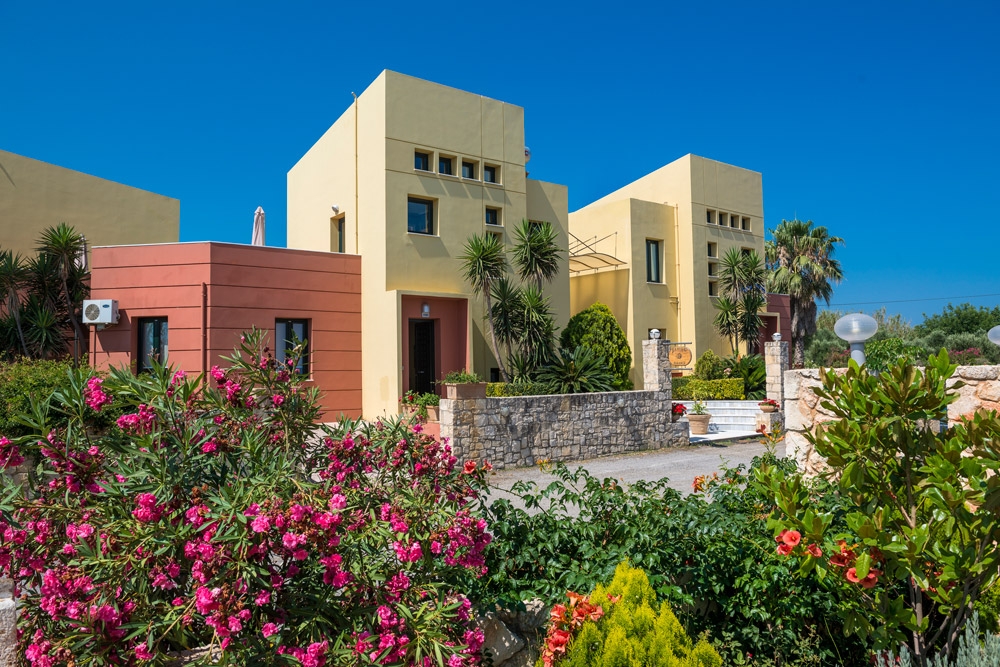Paleochora, Chania, is the biggest village in southwest Crete. It is also a place where you can find some of the best beaches in south Chania region.
Paleochora is relatively more distant from Pyrgos Psilonerou and Daphnis Villas than the nearby destinations of Gerani, Maleme, Platanias etc. Its distance from Pyrgos Psilonerou is about 60 kilometers.
In order to get to Paleochora easily, you drive to the nearby village of Tavronitis, and you take the road heading south. This road, after about a kilometer, passes under the main national road and leads you straight ahead to Paleochora.
You can also use the Chania KTEL public buses, which have frequent routes to Paleochora, especially in summer. The road to Paleochora passes through numerous interesting villages, which seem to have been untouched by time, like the big historical village of Kandanos.
Paleochora, Chania – a big village and a known resort
Paleochora has been built on one of the best spots in south Chania region, on a peninsula overlooking two bays. On the edge of the peninsula you can find the new port of Paleochora.
Just behind the port, there are the remnants of a large Venetian castle. The castle was called Castel Selino and was built in the 13th century. During the Venetian era it was of great strategic importance. The castle possibly took its name after the Greek name “selino”, meaning celery, which grows in large quantities in the area.
In more modern years, the first visitors in Paleochora, Chania, were the hippies in the decade of 1960. As the locals were very hospitable, many of them stayed permanently in Paleochora, built their houses, made families and raised their children there. As with other beautiful destinations in South Crete, Paleochora gradually became more known to mainstream travelers, and now it is considered a must-see destination in the south of the Chania region.
Paleochora has changed during the last decades, from a remote agricultural and fishing village to a tourist center, but it has managed to keep much of its charm. It is a picturesque coastal village in South Crete, with traditional narrow streets, quality taverns, cafes and bars, and still one of these rare places where time passes by in a slow, pleasant manner.
Paleochora, Chania, and its magnificent beaches
In both sides of the peninsula where Paleochora is located, you can find superb beaches. Around Paleochora, there is a coastline of more than 15 kilometers.
The beaches of Paleochora come in many kinds: some are sandy, some pebbly, and some in between. Some of the most well known are Platia Ammos, Chalikia and Krios. Around Paleochora there are in total more than 10 excellent beaches.
If you don’t want to drive or hike around Paleochora, Chania, in order to discover the more distant beaches, the large sandy beach on the west end of the village is excellent. It is also organized, with sun beds, parasols and water sports facilities.
Paleochora, Chania, with its rare collection of great beaches, is possibly the No. 1 destination in Crete for beach lovers. Apart from the beaches, Paleochora is a very beautiful coastal Mediterranean village, a “gem” in the south Chania region, which you should not miss.
